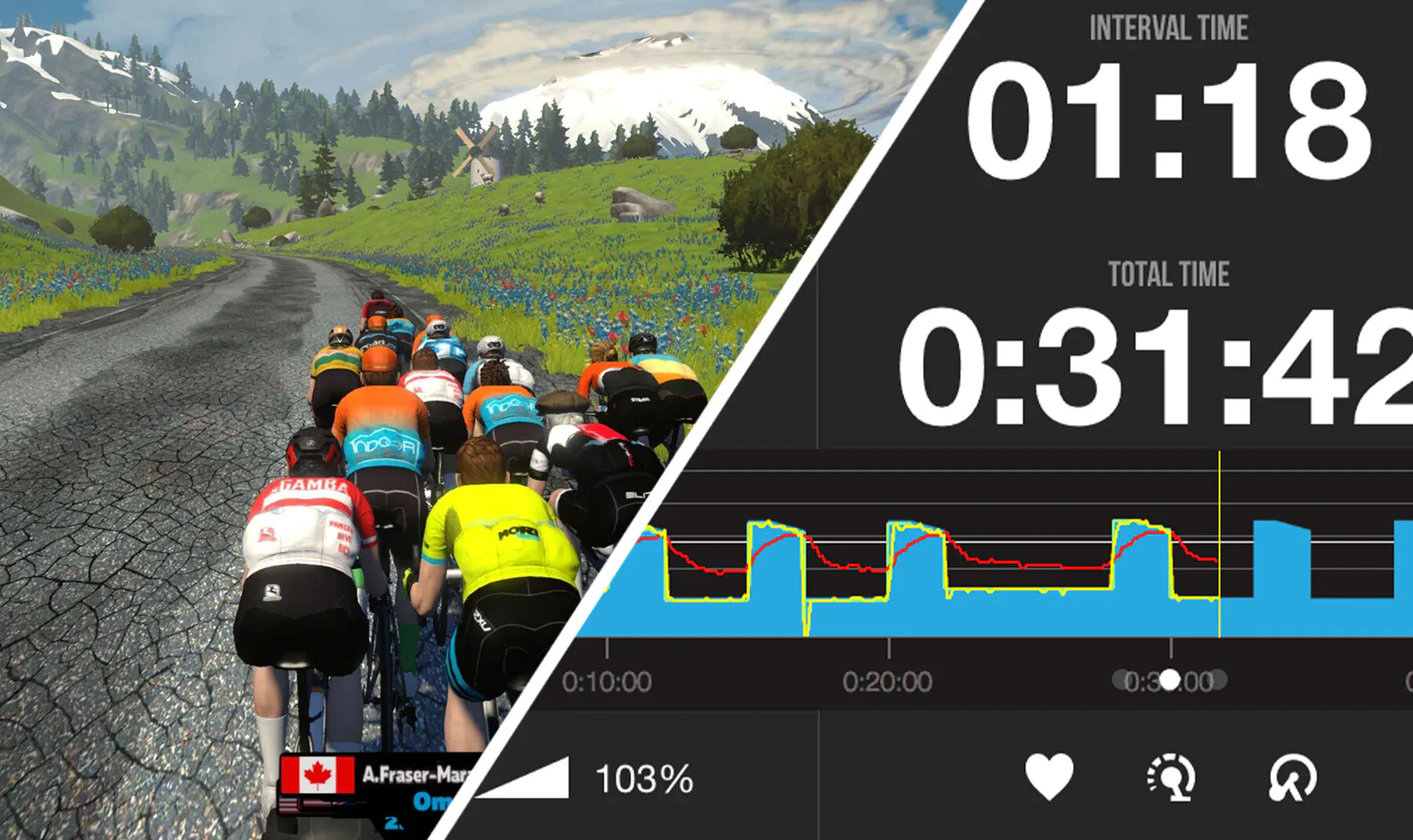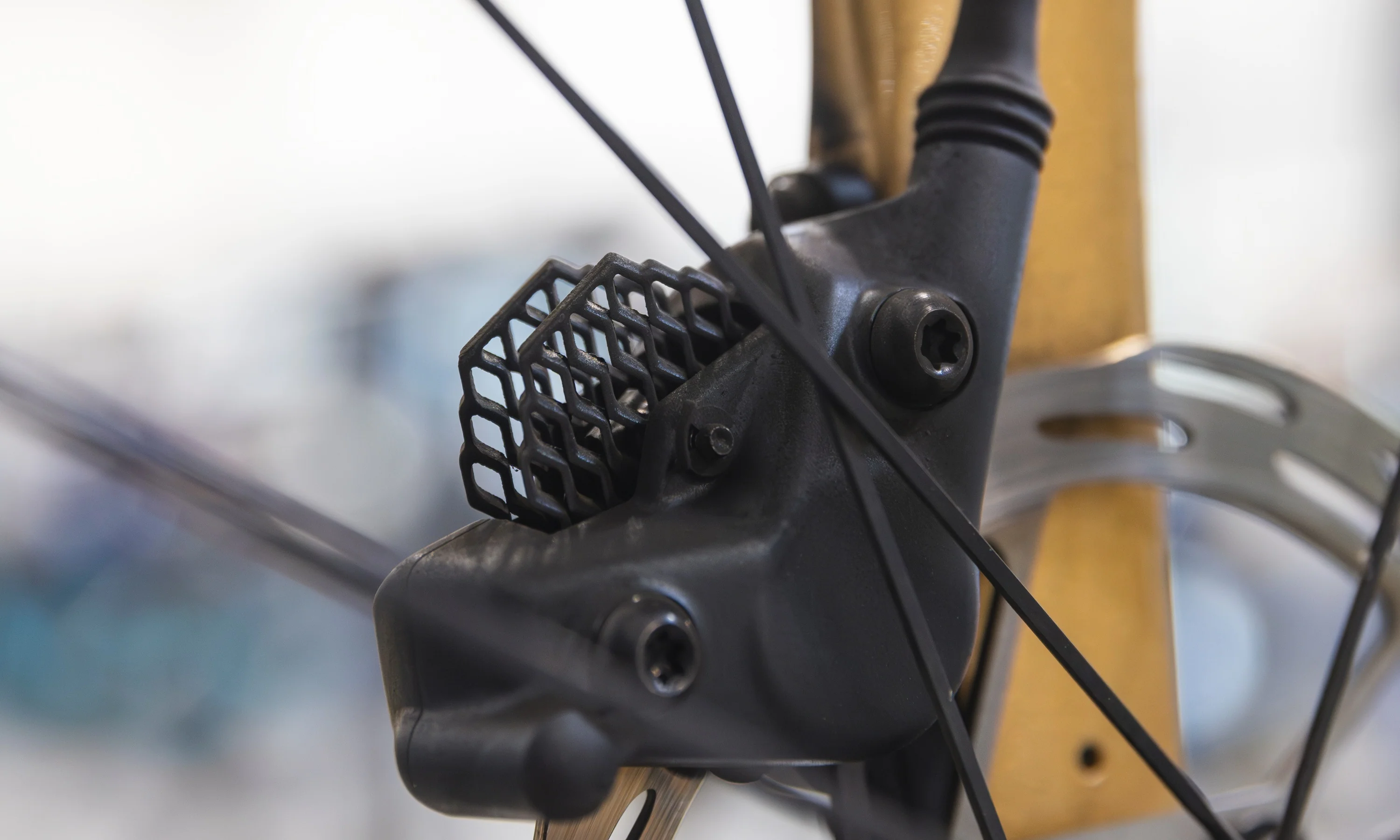If you’ve tried every possible rear derailleur adjustment from indexing to B-gap adjustment, but still can’t get your bike to shift right, the most likely cause is a bent rear derailleur hanger. Bent derailleur hangers are actually a common issue, and can be fixed in a few minutes. Here’s what you need to know.
[button]Shop bike tools[/button]
Symptoms of a bent derailleur hanger
- Shifting is inconsistent across the cassette. The rear derailleur can be tuned to shift quickly and easily between some gears, but it still shifts poorly between others.
- When shifting into the hardest or easiest gear, the derailleur will shift the chain completely off the cassette (when it didn’t before). The chain might get jammed in the spokes behind the cassette, or stuck between the cassette and frame.
Why do derailleur hangers get bent?
The derailleur hanger is a piece of metal that attaches your rear derailleur to the frame. It’s a sacrificial component that bends to save your frame and/or derailleur from catastrophic damage. Hangers usually get bent because:
- Your bike fell over on the driveside,
- You hit the derailleur while riding or during transport
- You recently crashed
 It's easy to see that this derailleur hanger is bent inward. In this case, it was bent during a crash.
It's easy to see that this derailleur hanger is bent inward. In this case, it was bent during a crash.
Sometimes, you can visually confirm that a derailleur hanger is bent by looking at your bike from behind. If a hanger is straight, the rear derailleur pulleys and cage will be vertically aligned with the cassette cogs.
Even if a hanger isn’t visibly bent, it might still need straightening to ensure good shifting. Modern drivetrains, such as SRAM AXS, depend on precise hanger alignment for full shifting performance. When in doubt, check and straighten your hanger with the proper tool.
How to fix a bent derailleur hanger
The proper tool for checking and straightening a bent derailleur hanger is called a derailleur alignment gauge:
 Park Tool DAG-2.2 Derailleur Hanger Alignment Gauge - $83.95
Park Tool DAG-2.2 Derailleur Hanger Alignment Gauge - $83.95
The Park Tool DAG is the same alignment gauge used by the professional mechanics here at The Pro’s Closet. It uses a simple feeler gauge to check hanger alignment and it give you leverage to gently bend a hanger straight.
At around $80, the DAG is a fairly expensive tool. But use it 2-3 times and it essentially pays for itself by saving trips to the bike shop. I own one because I have several bikes in my quiver and have to straighten a hanger once or twice a year (even more if I’m crashing a lot). There are cheaper versions of the DAG that essentially work the same way, but I can’t vouch for their quality.
How to use a derailleur alignment gauge
1. Remove the rear derailleur from the hanger. It’s usually attached with a 5mm hex bolt. Let the derailleur dangle out of the way.
 2. Screw the head of the DAG into the hanger.
2. Screw the head of the DAG into the hanger.
3. Loosen the knobs on the feeler gauge so it can freely move up and down the DAG and extend or retract the metal rod.
 4. Check the hanger alignment vertically using the feeler gauge. To do this, push the metal rod up against the wheel at the top and bottom (12 o’clock and 6 o’clock) and mark its position with the o-ring. For a straight derailleur hanger, the distance to the wheel at the top and bottom will be equal.
4. Check the hanger alignment vertically using the feeler gauge. To do this, push the metal rod up against the wheel at the top and bottom (12 o’clock and 6 o’clock) and mark its position with the o-ring. For a straight derailleur hanger, the distance to the wheel at the top and bottom will be equal.
 I'm pulling gently on the DAG to straighten the hanger.
I'm pulling gently on the DAG to straighten the hanger.
5. If hanger alignment is off, use the DAG to gently apply leverage to the hanger and bend it in the desired direction. Do this slowly and regularly check your work with the feeler gauge. When the distance to the wheel is equal at the top and bottom your hanger is vertically aligned.
6. Repeat steps 4 and 5, but measure and adjust the hanger alignment horizontally (3 o’clock and 9 o’clock). When your hanger is aligned both vertically and horizontally, it’s perfectly straight.
7. Reinstall your rear derailleur and check your shifting. You may need to adjust the derailleur’s indexing, B-gap, or high and low limits.
Tip: Your rear wheel might not be perfectly straight. To keep your measurements consistent, spin your wheel with the DAG and measure against the same part of the wheel each time. I like to use the valve.
[newsletter]
Straighten a derailleur hanger without a DAG
It is possible to straighten a hanger without a DAG, but it’s not very accurate. I don’t actually recommend doing this unless you’re in a situation where there’s no other option.

Remove the rear derailleur and use a large crescent wrench to clamp the hanger gently bend it straight. Check your work by reinstalling your rear derailleur and looking at the alignment of the cassette cogs with the derailleur pulley cage. Though it won’t be perfect, this can actually get your hanger pretty close to straight.
NEVER grab your rear derailleur and try to use it to bend your hanger back. It’s not meant for that, and doing this can lead to derailleur damage. If you have to perform a quick trail/roadside fix to limp home, insert a 5mm hex wrench into the derailleur mounting bolt and use that to get the leverage to bend the hanger.
Replacing a bent derailleur hanger
If you’ve already bent a hanger multiple times, or you just don’t want to deal with straightening it, you can usually purchase a new hanger. They are inexpensive and easy to replace. You can usually find them by through your bike’s manufacturer, a local shop that carries your bike brand, or hanger retailers like Wheels MFG or Derailleurhanger.com. Just know that sometimes brand-new hangers aren’t perfectly straight and will need a bit of tweaking once they’re on the bike.
Fixing a bent hanger is something every aspiring bike mechanic should learn how to do. Hopefully, this guide has helped you get your derailleur hanger perfectly straight. If you have any hanger straightening tips and tricks of your own, I’d love to hear about them in the comments!

























